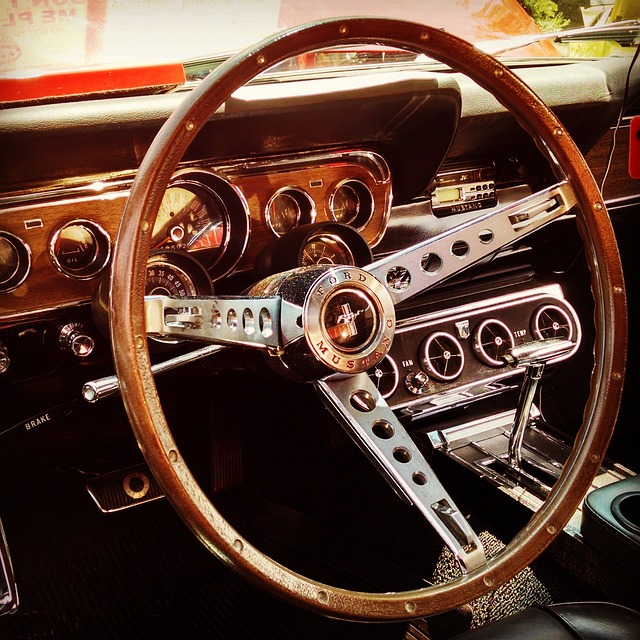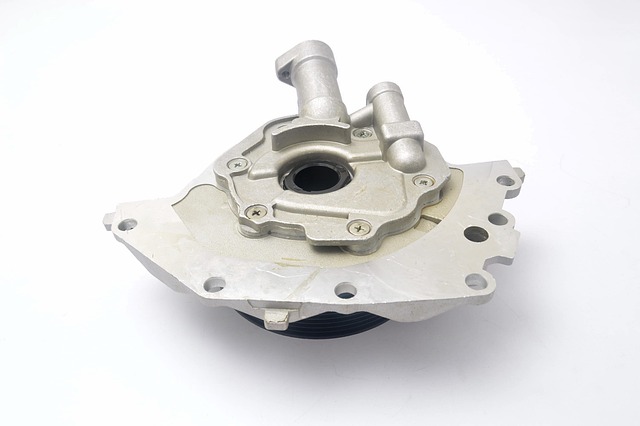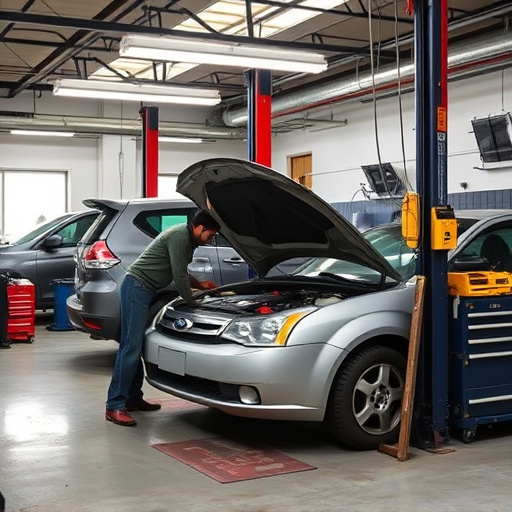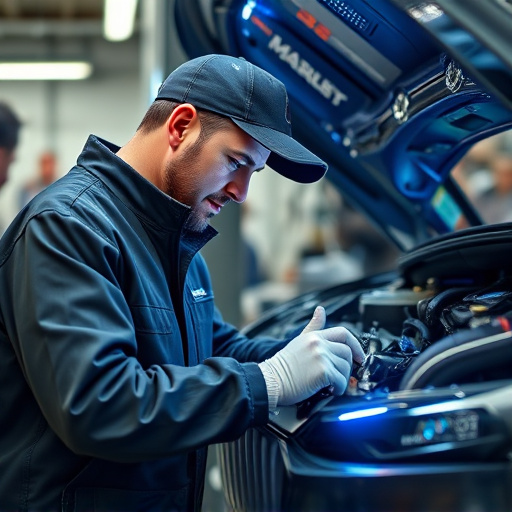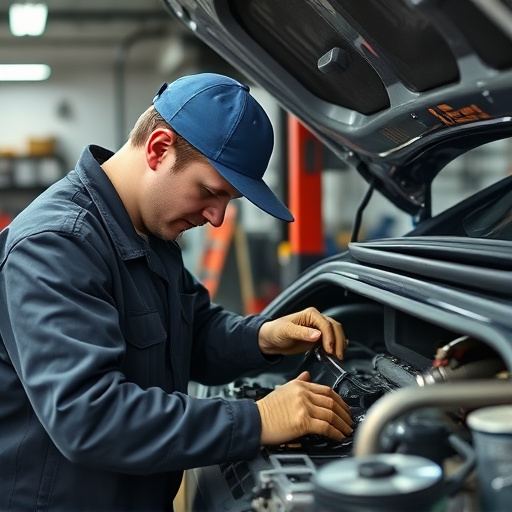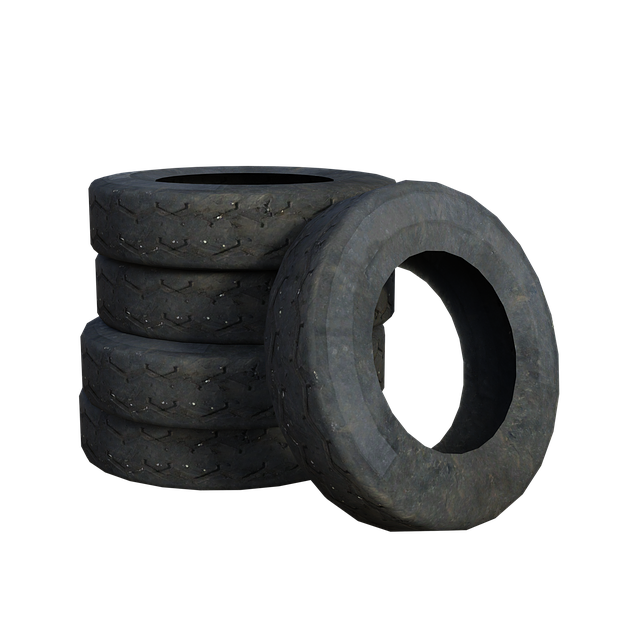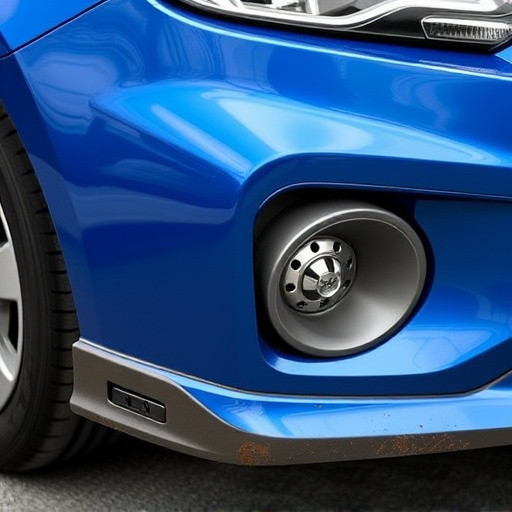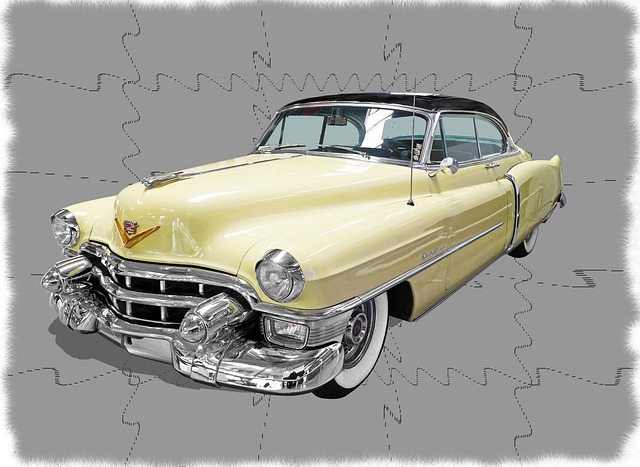Achieving precise original paint matching in automotive restoration and collision repair is crucial for aesthetic appeal and restoring pre-incident conditions. This process involves understanding pigment science, using advanced tools for color analysis, and crafting custom restoration mixtures to recreate exact shades and finishes. Technological advancements like digital color analysis and innovative sandblasting methods ensure seamless repairs with flawless visual and structural integration, enhancing vehicle value and quality.
“Uncovering and preserving an item’s authentic beauty is an art, especially when it comes to original paint matching. This process ensures that vintage furniture, cars, or artworks retain their historical integrity. In this article, we delve into the intricate world of original paint matching, exploring why accurate replication matters. From understanding the significance of color consistency to mastering the step-by-step technique, we guide you through the journey. Additionally, discover advanced methods that elevate precision, ensuring every stroke and shade captures the essence of the original.”
- Understanding the Importance of Accurate Matching
- The Step-by-Step Process: From Sample to Restoration
- Advanced Techniques for Unparalleled Precision
Understanding the Importance of Accurate Matching
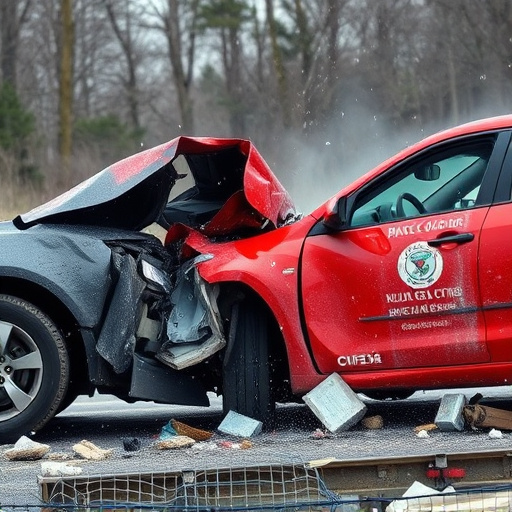
In the realm of automotive restoration and collision damage repair, achieving precise original paint matching is paramount. It’s more than just aesthetics; it ensures that a vehicle’s exterior looks as close to its pre-incident condition as possible. Accurate matching involves understanding the science behind pigments and color codes to recreate the exact shade, tone, and finish of the car’s paintwork. This meticulous process is crucial for hiding repairs and ensuring seamless integration between old and new.
For car bodywork services that prioritize quality, original paint matching is a game-changer. It enhances the overall look and value of a vehicle, especially when combined with expert vehicle body repair techniques. By mastering this craft, technicians can transform damaged cars into like-new masterpieces, giving them a second life on the road while satisfying even the most discerning owners.
The Step-by-Step Process: From Sample to Restoration
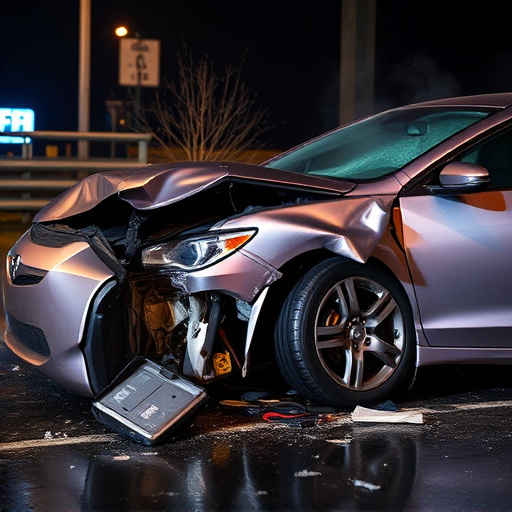
The original paint matching process is a meticulous art that involves several steps to ensure a perfect restoration. It all begins with obtaining a small sample of the car’s existing paint, typically from an inconspicuous area. This sample serves as the foundation for matching the exact color and shade, which can be a challenging task given the countless variations in automotive finishes.
Once the sample is collected, it undergoes rigorous analysis by experts using advanced tools. They examine the sample under controlled lighting conditions to study its undertones and ensure precise color matching. After this critical evaluation, the experts proceed with preparing a restoration mixture, carefully blending pigments and additives to recreate the original paint formula. This blend is then applied over the damaged area, whether it’s a minor scratch or a more extensive frame straightening job, ensuring a seamless and undetectable repair that matches the car’s original aesthetic. The process culminates in a meticulous inspection to guarantee not just visual similarity but also structural integrity, making it a cornerstone of top-tier automotive repair services.
Advanced Techniques for Unparalleled Precision

The pursuit of flawless original paint matching has led to advancements in technology and techniques within vehicle body shops and collision repair centers. These cutting-edge methods are designed to deliver unparalleled precision, ensuring that every repair is virtually indistinguishable from the original bumper repair or vehicle body work.
One such technique involves the use of advanced color analysis tools that scan the existing paint to capture its unique molecular structure. This data is then cross-referenced with an extensive digital library of paint formulations, allowing for a precise match in both color and composition. Additionally, innovative sandblasting techniques are employed to create a smooth base, enabling a more even application of new paint. As a result, the final finish not only looks original but also feels authentic to the touch, enhancing the overall quality of the bumper repair or vehicle body shop services.
Accurately matching original paint is a meticulous art that demands precision and an understanding of both the old and new. By combining traditional methods with advanced techniques, the process ensures that restored surfaces seamlessly blend with their historical counterparts. As we’ve explored, from sample collection to final restoration, each step plays a vital role in achieving perfect harmony. Now, armed with this knowledge, professionals can confidently tackle even the most challenging projects, ensuring the longevity and authenticity of cherished historical pieces for generations to come through the power of effective original paint matching.

